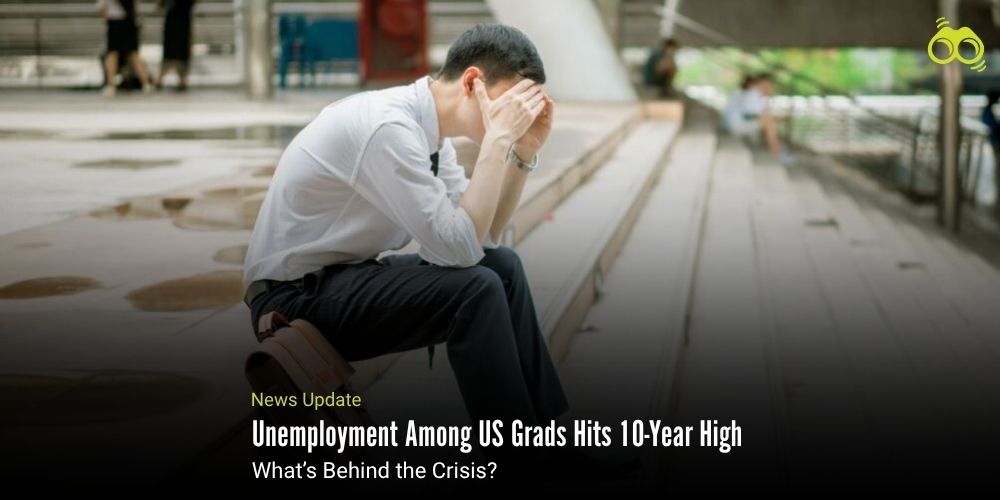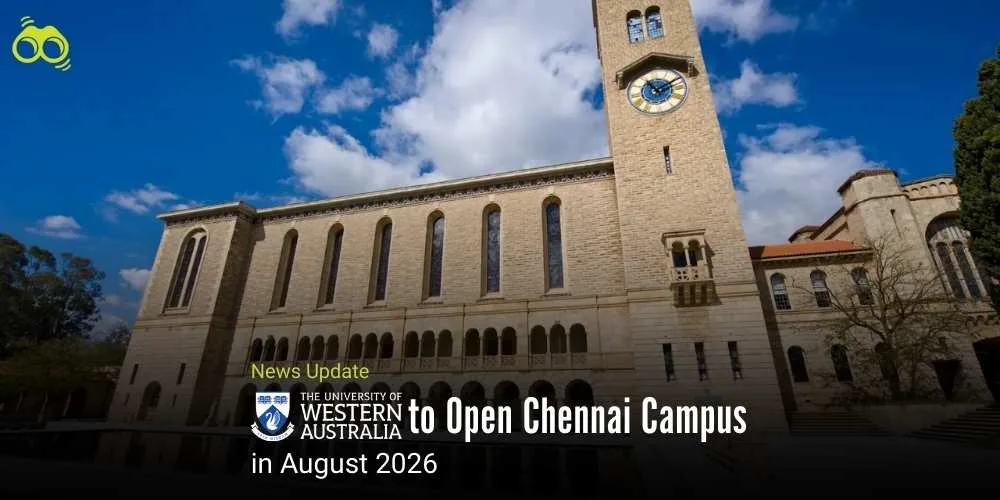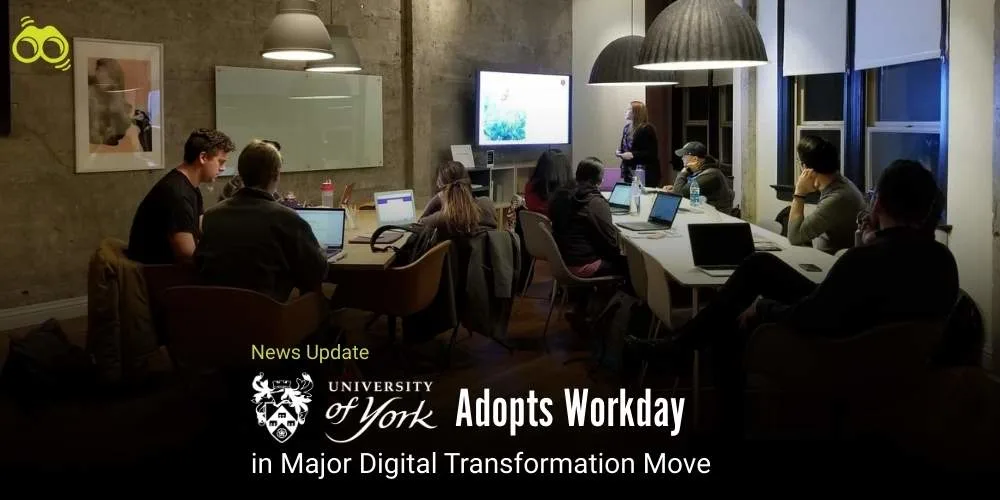Decline in Entry-Level Openings Raises Concerns Over Employment Prospects for Class of 2025
Graduate Unemployment Surges to 5.8% Amid Economic and Sectoral Strains
As the Class of 2025 enters the workforce, they are confronted with one of the most challenging employment landscapes in over a decade. Despite having earned their degrees, a significant number of recent college graduates in the United States are struggling to secure full-time employment. This difficulty is largely attributed to economic uncertainty, reduced hiring activity, and heightened competition. Notably, reports indicate that youth unemployment has reached its highest level since 2013, excluding the pandemic years, thereby raising serious concerns about the prospects of the country’s emerging workforce.
Moreover, many graduates are burdened with student debt, which exacerbates the pressure to find stable employment. Experts have described the current situation as “extremely unusual”, with the unemployment rate for recent graduates standing at 5.8%, substantially higher than the national average of 3.5% to 4%. According to AFP, hiring for new graduates has declined by 16% in 2025 compared to the previous year, primarily due to ongoing hiring freezes and a decelerating job market.
Several factors have been identified as contributing to this downturn. Analysts point to post-pandemic hiring slowdowns, particularly in sectors such as technology, finance, and business information, industries that traditionally absorb a large proportion of young professionals. Additionally, economic uncertainty during the early phase of the Trump administration reportedly led to widespread hiring freezes. A marked decline in job openings within professional and business services, down by over 40% since 2021, has further compounded the issue, with the technology sector being especially affected.
Furthermore, the role of artificial intelligence (AI) in reshaping the job market has become a topic of increasing debate. While some experts argue that the current slowdown reflects a natural adjustment following periods of aggressive recruitment, others suggest that AI may be displacing certain entry-level roles. Matthew Martin, Senior Economist at Oxford Economics, noted that the sharp decline in job openings could signal AI’s growing influence. However, Gregory Daco, Chief Economist at EY-Parthenon, cautioned that most firms remain in the early stages of AI adoption, making it premature to attribute job losses solely to automation.
In parallel, the issue of student debt continues to loom large. The United States remains one of the most expensive countries for higher education, with the average annual cost of an undergraduate degree reported at $27,673. In 2020, over 36% of undergraduates took out federal student loans, and the average debt upon graduation stood at $29,550, according to the Education Data Initiative. Even graduates without loan obligations are finding it difficult to attain financial independence. For instance, 25-year-old Katie Bremer, a 2021 graduate with a dual degree in Environmental Science and Public Health, spent over a year seeking employment in her field. Ultimately, she accepted work outside her area of study and supplemented her income through babysitting. Speaking to AFP, she expressed that she often felt as though she was “constantly working”.
Looking ahead, economic experts have warned that the job market may deteriorate further before any signs of recovery emerge. They also suggest that the current climate may prompt students to reconsider their academic choices in favour of more stable and market-aligned career paths. The recently graduated students are facing a uniquely difficult transition into the workforce, one shaped by economic volatility, technological disruption, and structural shifts, demanding urgent attention from policymakers, educators, and employers alike.
Editor’s Note:
For many recent U.S. graduates, what should be a hopeful transition from college to career has instead become a time of stress and uncertainty. The current job market, its toughest in over a decade, is placing serious pressure on young professionals. Despite earning degrees and carrying the weight of student loan debt, many are struggling to find jobs that match their qualifications. Extended job searches, repeated rejections, and the need to accept part-time or unrelated work just to make ends meet have become all too common. Adding to the challenge is the growing impact of artificial intelligence (AI), which is rapidly reshaping the employment landscape. While some experts see the current slowdown as a natural correction after a period of over-hiring, others point to AI as a disruptive force already eliminating certain entry-level roles. Tasks once handled by junior staff, such as data entry, customer support, and basic research, are increasingly being automated. As companies embrace these technologies, many traditional pathways into the workforce are narrowing or disappearing entirely.
Skoobuzz asserts that universities must better align their programs with evolving job market demands. Employers should invest in training and mentoring new graduates rather than expecting fully-formed professionals on day one. And policymakers must focus on creating opportunities that ensure young people are not left behind in this AI-driven transition.














0 Comments (Please Login To Continue)